The Feed Pellet Machine Makes Corn Stalks Into Cattle and Sheep Feed Pellets
Date: 03/02/2021 09:28:10 From: feed-pellet-plant.com Clicks:
Corn stalk is one of the most common, cheapest, and most abundant forage resources, which cattle and sheep like to eat. This is because corn stover is a kind of feed with rich nutritional value. Its digestible crude protein, calcium and phosphorus content are higher than that of corn straw, barnyard grass, rice straw, etc., and the total nutrients are close to corn grass. It is characterized by its soft texture, easy digestion, sweet taste and good palatability, which is a favorite for all kinds of cattle. Corn stalks can be made into feed pellets, and the source is wide and the price is cheap.
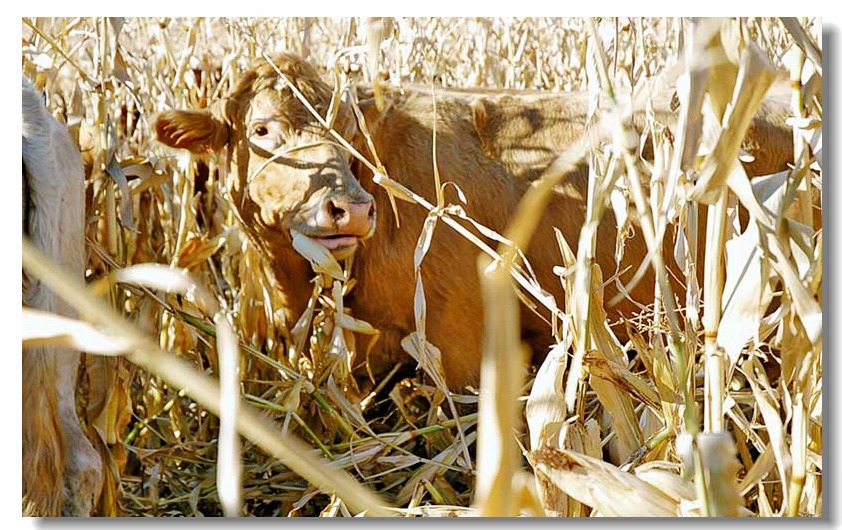
Corn stalk and cattle
I. How to choose corn stover
Should try to choose mountain or sloping corn withered, it has better palatability and storage durability than low-lying corn withered;
Choosing corn that has been topdressed with nitrogen and phosphate fertilizers has better nutrition than corn stalks without topdressing;
Choose corn stalks with many leaves, large leaves, thick leaves, strong uprightness and lodging resistance.
II. How to Make Corn Stalks Into Pellets?
First, you need a corn stalk pellet machine, which is the key equipment for pelleting. The mixed corn stalk powder is transported to the granulating buffer bin, heated to 85°C by high temperature steam for gelatinization, and then enters the granulator for granulation. The prepared teaching trough material particles enter the countercurrent cooling tower for exhaust air cooling, and the cooled particles enter the conveyor and elevator to the finished product warehouse.
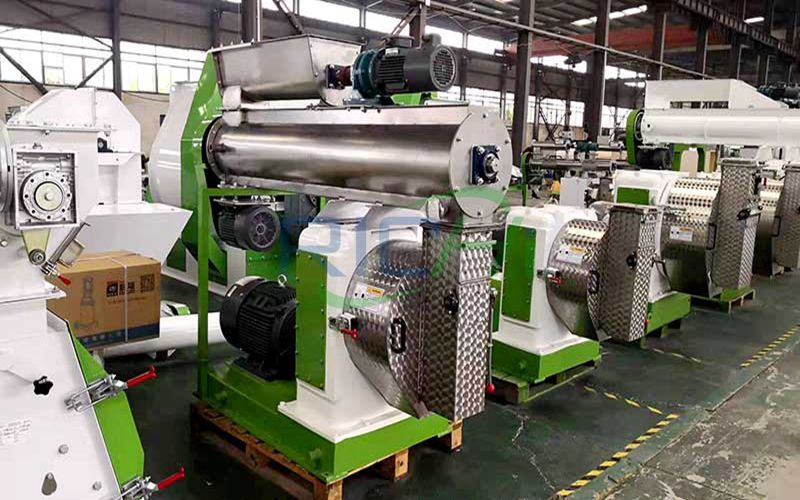
corn stalk pellet machine
For large feed mills or large cattle farms, a single straw pellet machine cannot meet the production needs, so a complete straw pellet production line is required.
Production Process of Straw Pellet Production Line
(1) Fragmentation: Use a fragmentation machine to break the incoming straw into small pieces.
(2) Crushing: Use a crusher to crush the broken straw into small particles that meet the requirements.
(3) Drying: The crushed particles are dried. The average water content of the raw materials purchased in this project is about 20%, and it needs to be dried to 5% before production. The dryer is used in this project. Biomass hot air stove, the fuel is biomass pellets, and the temperature of the dryer is controlled at 150-250℃.
(4) Granulation: The dried granules are conveyed to the granulator through the conveyor for granulation, and the finished product is made by extrusion molding. The extrusion process is a physical process without any adhesive and no chemical reaction.
(5) Inspection: The unformed or unqualified particles are screened out by the screening machine, and this part of the particles enters the crushing device to be reused without discharge.
(6) Packing and warehousing: the products that have passed the inspection are packed and put into the warehouse.
III. Benefits of feeding pellets for cattle and sheep
Avoid picky eating of animals. Cattle feed formula has a variety of raw materials, comprehensive nutrition, it can prevent animal selection of its favorite to eat from the powder, refused to eat other ingredients. Because the pellet feed can maintain homogeneity in the process of storage and feeding, the loss of feeding can reduce about 8%~10%.
A high feed rate of return. In the cattle feed pelletizing process, due to the comprehensive effect of water, temperature, and pressure, some physicochemical reactions occur in the cattle feed, then making the starch gelatinize and the activity of the enzyme enhanced. Which can make the cattle animals digest the cattle feed more effectively and then convert it into weight gain.
Avoid the automatic classification of cattle feed components and reduce environmental pollution. In the process of storage and transportation of powder due to the different volumes and quality of the powder, it is easy to produce classification. There is no classification of cattle feed components after making pellets, otherwise, the cattle pellets are not easy to dust, air and water pollution is less than the powder in the process of feeding pellets.
Storage and transportation are more economical. After pelletization, the bulk density of cattle feed will generally increase about 40-100%, which can reduce the storage capacity and save transportation costs.
Kill salmonella in animal feed. Salmonella remains in animal tissues when ingested by animals, and people who eat animals infected with the bacteria can develop salmonella gastroenteritis. The method of steam high-temperature quenching, tempering, and granulating can kill salmonella in cattle animal feed.
Good liquidity and easy to manage. Many powders, especially the small gravity of the pile feed, add molasses or high fat and urea feed often adhere to the material house. Cattle pellet feed is most popular on large-scale dairy cattle farms with automated feeders because it is highly mobile and rarely adheres.
The above is the article for you: The Feed Pellet Machine Makes Corn Stalks Into Cattle and Sheep Feed Pellets. If you are interested in our products or project solutions, please contact us. We will give you the best product quality and the best price. Email: enquiry@pellet-richi.com
Related Product
Production Line Equipment
related News
- >Uzbekistan Gizak 1t/h-2t/h Animal Feed Processing Plant for Floati
- >What is the price of the cattle and chicken feed machinery product
- >Can You Send Me an Animal Feed Pellet Machine Quotation?
- >How to Choose Premix for Cattle Feed Manufacturers?
- >Analysis of Cost, Income and Economic Benefits of Large-scale Shee
- >Cattle Feed Pellet Machine Solves the Problem of Cattle Feeding in
- >How to Make Cattle Feed Pellets? Is It Good for Cattle to Eat Feed
- >What Are the Costs to Consider When Investing in a Cattle Farm?
- >Rabbit Feed Pellet Machine and Feed Formula Technology
- >Practical | How to Prepare Cattle Premix to Achieve Fast Fattening
Here you can submit any questions and we will get back to you as soon as possible. We will not disclose the information you submit to anyone, please rest assured.
Copyright© 2022 Richi Machinery. All rights reserved. Site Map


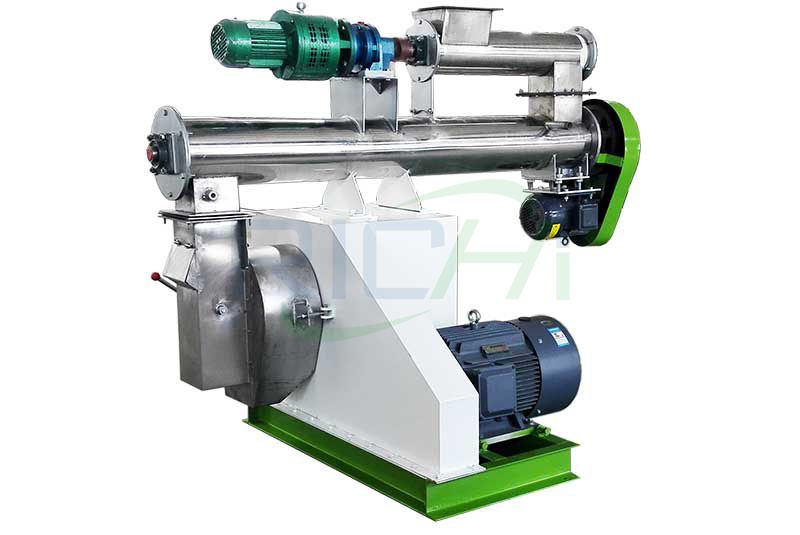
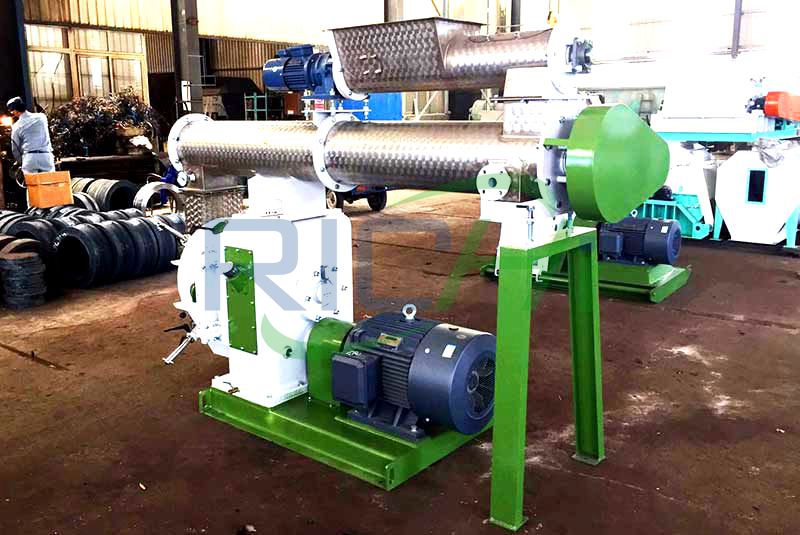
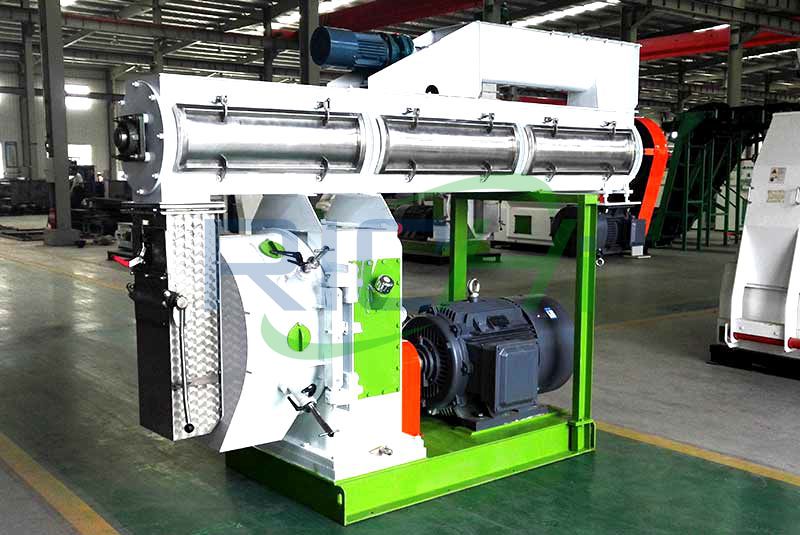
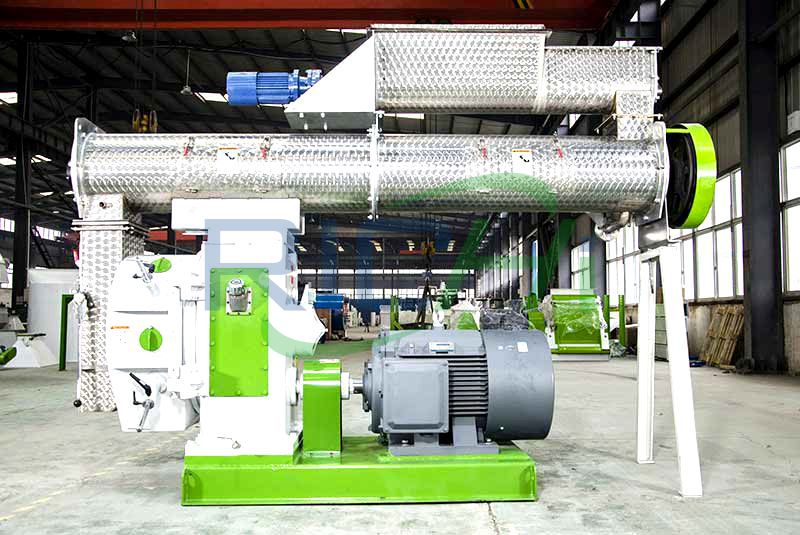
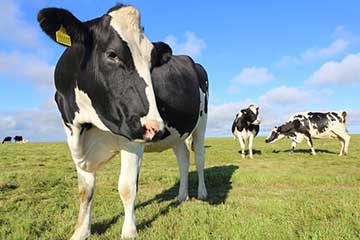
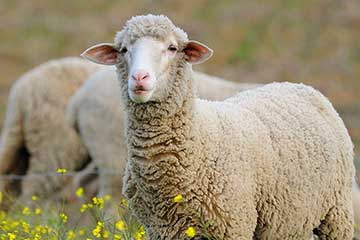
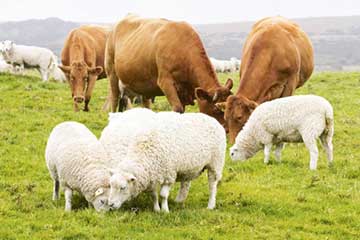
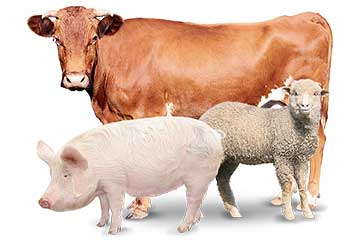
 Product Center
Product Center Get Latest Price
Get Latest Price